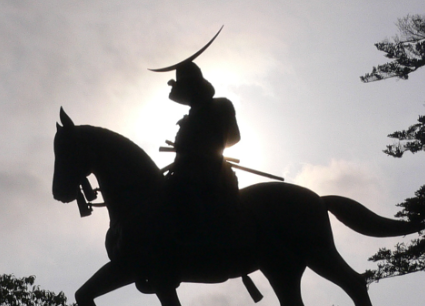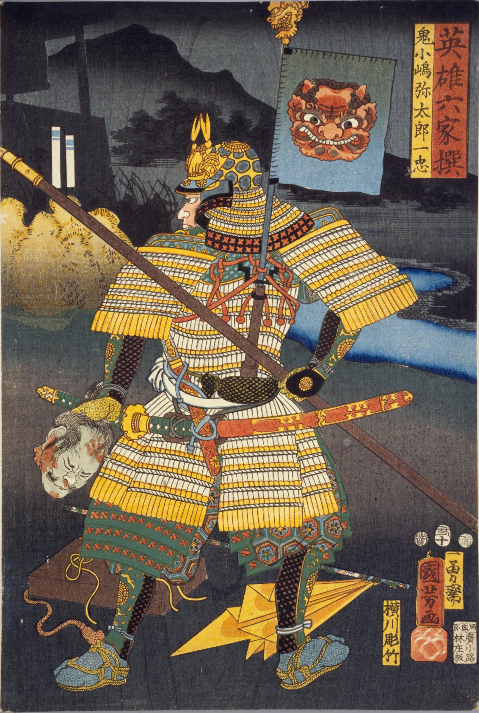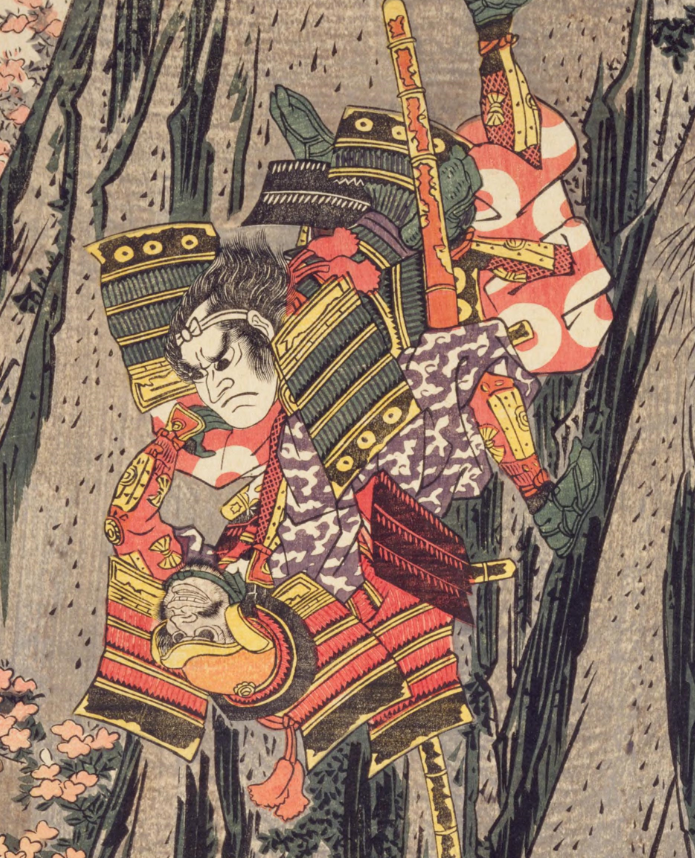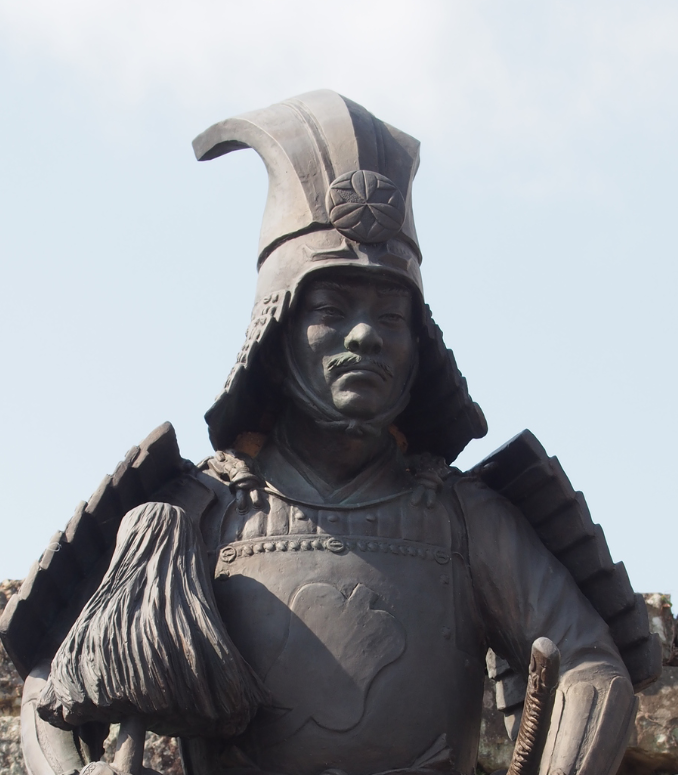俺のために死んでくれ!家康が見こんだ漢の死にざま
第十五回 SAMURAIファイル 鳥居元忠
日本が誇る錚々たる戦国武将たちの魅力。
外国人の目に我が国の英雄たちはどう映っているのか?
徳川幕府の礎となったある漢の激烈なる死!

殿のためなら、自分の命を捨てることも惜しまない。
西洋の騎士にはない、この忠誠心こそが武士ならではの生き様だ。
徳川家康と鳥居元忠。彼らは、3歳違い。
元忠13歳のとき、まだ10歳だった家康に仕え、「姉川の戦い」、「三方ヶ原の戦い」、「長篠の戦い」など、さまざまな戦いで家康を支えた。
1600年、「関ヶ原の合戦」の少し前、家康の命により、京都・伏見城を守ることになった鳥居元忠。
「この城に多くの兵を残すより、家康殿が天下を取るために別の場所へ行かせるべき」と言い、わずか1800の兵で、この城を守ることになる。
石田三成が挙兵すれば、この伏見城は西軍の ど真ん中。
家康も元忠も、結末がどうなるかはわかっていたはず。
そんな家康と元忠は、最後の夜、男同士で何を話したのだろう。
西軍4万の兵に囲まれた伏見城を守り続けること、10日あまり。
とうとう最期の日がやってきた。
内部の裏切りにより火災がおき、城を守りきれなくなった元忠。
最後の最後まで戦い抜いたものの、敵に打ち取られそうになったところで自害。サムライとしての生涯を貫いた。その当時の伏見城の床板は、京都の養源院や源光庵などで「血天井」として残されている。
自分の行く末をわかっていながら、伏見城に残った鳥居元忠。
とても勇気のあるサムライだ。
外国人の僕から見ると、こうした「忠誠心」や「潔さ」「覚悟」といったものこそが、日本のサムライの素晴らしさだと思う。
最後に余談だが、鳥居元忠の子孫には、後世に名を残したあの「大石内蔵助」がいる。
忠義を尽くす精神が子孫にも受け継がれたということだろうか。
これもまた、興味深い。
〈以下、和訳>
There was no loyalty amongst the Knights of Europe as great as that of the samurai. For the samurai, giving your life was a way of life. Torii Mototada had served Tokugawa Ieyasu since he was 13 and Ieyasu just 10, and the two had been sent as a hostage to the enemy of Ieyasu’s father. He had been at Ieyasu’s side during Ieyasu’s near destruction at the Battle of Mikatagahara, just as he was at Nagashino and at Anegawa.
Being so highly valued, he was entrusted with the defense of Kyoto, and with Fushimi Castle. Prior to the Battle of Sekigahara, Ieyasu visited Mototada at Fushimi to warn him of the impending fight. Mototada was aware of the situation and said to his master, “Lord Ieyasu, you are about to control the whole country. Take as many men from here as you can, use them to fight on the field. Leave only the minimum needed to defend the castle, as it will fall no matter how many remain here.” He was willing to sacrifice himself to aid Ieyasu’s cause. For that reason too, it was an emotional farewell.
As predicted, Ishida Mitsunari and the Western forces soon attacked Fushimi castle.Ten days of terrifically fierce fighting took place between the 40,000 Western troops surrounding the 1,800 inside the castle. Eventually, with defenders reduced to just 10 samurai left standing, Torii Mototada made a final stand against the attacking army. Returning to the castle, he and his remaining men cut themselves open in the manner of suicide peculiar to the samurai. The bloodstained floorboards of the castle were later doled out to a number of temples, and the bloody hand and footprints of Torii and his men can now be seen on the ceiling of the Yogen-in temple in Kyoto.
Torii had kept some 40,000 samurai from the main battlefield at Sekigahara.
Knowing full well they would die, Torii and his brave men defended the castle to the very end. They died displaying traits such as loyalty, courage and resolution. His death is remembered as one of the finest acts of seppuku (hara-kiri)in Japanese history.
Incidentally, Torii Mototada’s great-great grandson would also become famous for his loyalty and courage. His name was Oishi Kuranosuke, and he would go down in history as one of the loyal 47 Ronin.







